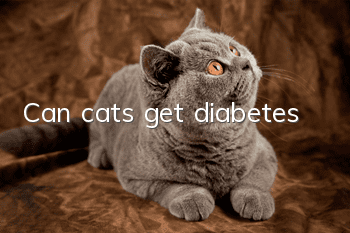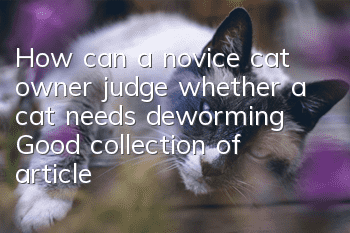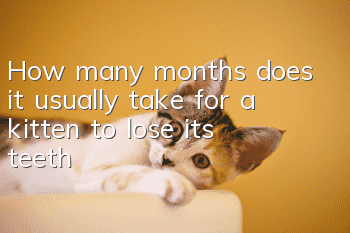Can cats get diabetes?

Can cats also get diabetes?
Yes!
However, the early symptoms of cat diabetes are not very obvious and are easily ignored by the cat. By the time the cat’s body is found to be abnormal, the condition is already very serious!
1. What is diabetes?
Diabetes is a metabolic disease, generally caused by hyperglycemia. The main cause of hyperglycemia is disordered insulin secretion. When there is a lack of insulin in the body and varying degrees of insulin resistance, carbohydrate metabolism disorders will occur, leading to diabetes.
2. Classification of diabetes
Type 1 diabetes
Type 2 diabetes
Gestational diabetes
Other special types
3. Clinical symptoms of diabetes
PU/PD polydipsia and polyuria!
Weight loss
Strong appetite
Long-term complications of diabetes: hypoglycemia, DKA, chronic pancreatitis, weight loss, hind limb peripheral neuropathy, rough coat caused by reduced grooming behavior
4. Laboratory diagnosis
Blood sugar: Measure the blood sugar concentration of sick animals on an empty stomach for 12 hours. When the blood sugar concentration is >11.10mmol/L in dogs and >22mmol/L in cats, diabetes can be determined.
Serum fructosamine: Fructosamine represents the average change in blood sugar in the past 2 weeks, which is more diagnostic. The fructosamine value of diabetic dogs is much higher than the normal reference value (1.70~3.38mmol/L).
Urine test: The urine of diabetic dogs is strongly positive for sugar. When inflammatory cells, red blood cells and ketone bodies appear in the urine, it indicates kidney damage and ketoacidosis. About 15% of dogs may develop proteinuria.
5. Treatment of diabetes
1. Control blood sugar
Compared with low blood sugar control, stable blood sugar is more important!!
Fructosamine is controlled at 350-450umol/L
Cat blood sugar is controlled at 80-270mg/dl (4.5-18mmol/L)
Dog blood sugar is controlled at 80-200mg/dl (4.5-11mmol/L)
Control blood sugar and give priority to blood lipids!
Because high blood lipids will increase blood viscosity, causing the potency of insulin conjugates in the blood to be unstable, increasingrisk and reduce controllability.
Recommended choice: Longchang bile acid
Only by controlling blood lipids can blood sugar control be stable and efficient.
2. Control weight
It is important to improve your weight, but you need to lose it gradually, by 1~2% every week. If you lose weight too fast, the load on your liver will be very large, which can easily cause fatty liver.
3. Injection of insulin
It is very important and cannot be replaced. It is divided into quick-acting, medium-acting, medium-long-acting, long-acting, etc. The shorter the insulin lasts, the stronger the effect.
4. Pay attention to your diet
Diabetes commercial prescription food has a significant effect on short-term postprandial blood sugar, insulin, triglyceride and free fatty acid concentrations in obese cats. It can effectively reduce the area under the postprandial blood sugar curve and effectively reduce the dosage of insulin by 50%. .
- What to do if a cat is afraid of a strange environment
- Can cow cats eat barbecue meat?
- Will stray cats freeze to death in winter?
- Why do you need to comb your Ragdoll cat more often?
- How to raise a cat? American cat owners share tips for keeping cats alive to 38 years old!
- What is the best way to neuter a female cat?
- Is it normal for kittens to have their feet turned in after birth?
- Why do cats drink water with their paws?
- Can three-month-old kittens eat chicken liver?
- Stray cats eager to be adopted



